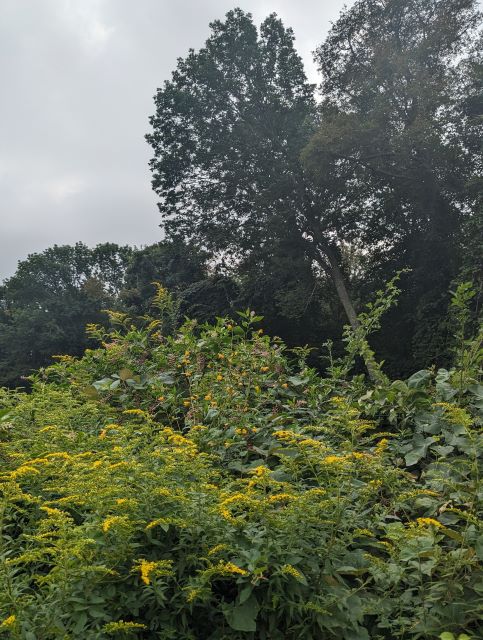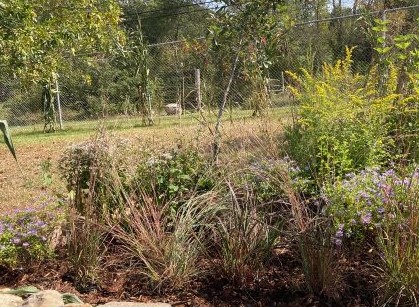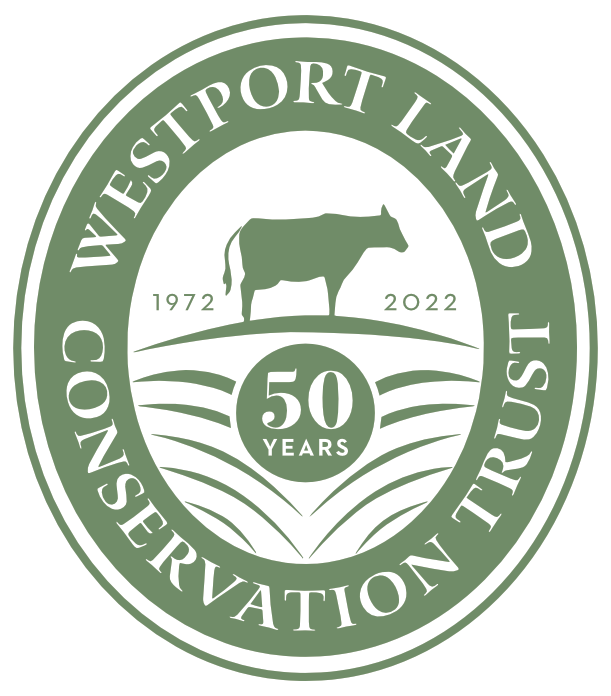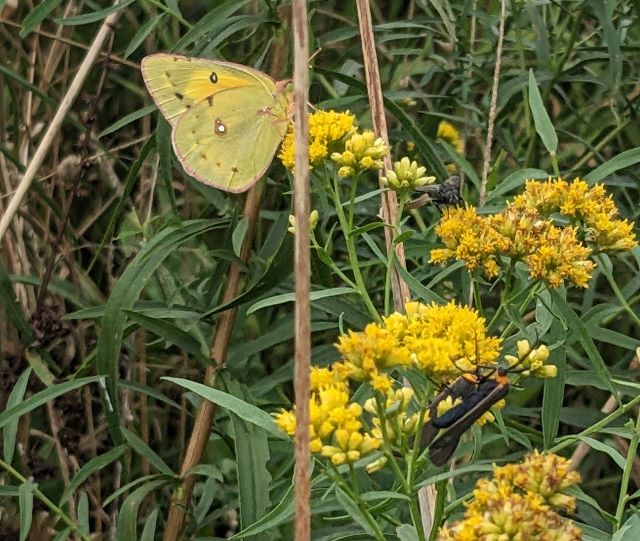One of the most enjoyable parts of Westport is the unique water resources it possesses. Freshwater streams and brooks, the spectacular river–all rolling down to Buzzards Bay. Westport is also a town where many landowners are actively utilizing their fields, lawns, and forests. Enjoying the outdoors is an important part of Westport’s heritage.

Creating Habitat and Filtration
The “edges” of the land in Westport, where field and lawn meet forest and stream) can often boast super hero native plants who help keep those water resources healthy. Sometimes referred to as “buffer strips” or “forested buffers,” these areas provide some of the most important functions of our landscapes. Buffer zones host a diverse range of wildlife, native plants, and are key to filtering water as it heads to our valued streams, brooks, and river.
An effective buffer strip is often made up of a ground cover, a shrub layer, a lower slow-growing canopy layer, and a fast-growing upper canopy before it reaches the water resources. When native plants inhabit these layers, they grow deep roots to continue their lifespan through New England winters, and these roots also help absorb nutrients in the groundwater. Not all buffer strips need each layer to be an effective nutrient filter, but each layer does contribute to greater biodiversity.
This weekend, WLCT offered to create a “children’s garden” at the Southcoast Harvest Festival. We choose a garden that allows kids to play in the dirt, AND learn about these key native buffer strips with 13 varieties of native plants (does include some “nativars” to provide some color). For more information, head down to the festival or visit Westport Woods in the spring where we will re-install this display for the public to enjoy and learn.

Display Garden Plant List
- Schizachyrium scoparium – ‘Little Bluestem’
- Panicum virgatum – ‘Switchgrass’
- Schizachyrium scoparium – Little Bluestem ‘Standing Ovation’
- Andropogon gerardii – Big Blue Stem
- Solidago – Goldenrod ‘Fireworks’
- Eurybia divrticata – Aster “White wood aster’
- Symphyotrichum oblongifolium – Aster ‘October Skies’
- Viburnum dentatum – Arrowwood Viburnum ‘Chicago Lustre’
- Comptonia Peregrina – Sweetfern
- Clethra alnifolia – Summersweet ‘Hummingbird’
- Gaylussacia baccata – Huckleberry
- Juniperus virginniana – Red Cedar
- Nyssa sylvatica – Tupelo ‘Green Gables’


